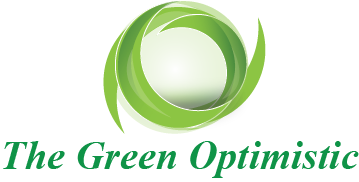 A Virginia based company specialized in wind power called Catch the Wind Ltd. has deployed its first laser wind sensor on a buoy in Race Rocks Island, British Columbia, for an initial assessment of a new offshore wind power farm. The goal is als0 to compare the assessment potential of small floating platforms or buoy-based systems with conventional systems.The buoy-based system called WindSentinel, will replace the conventional assessment system which is in fact a permanent offshore tower. The difference is the huge cost, which for the tower could get up to $10 million.
A Virginia based company specialized in wind power called Catch the Wind Ltd. has deployed its first laser wind sensor on a buoy in Race Rocks Island, British Columbia, for an initial assessment of a new offshore wind power farm. The goal is als0 to compare the assessment potential of small floating platforms or buoy-based systems with conventional systems.The buoy-based system called WindSentinel, will replace the conventional assessment system which is in fact a permanent offshore tower. The difference is the huge cost, which for the tower could get up to $10 million.
In order to prove the accuracy of the buoy Vindicator laser system (WindSentinel), data will be collected and processed by engineers and compared with the data coming from a stationary Vindicator located nearby. In order to validate the new technology, both data should be the same. The WindSentinel was developed together with AXYS Technologies, a Canadian company that specializes in remote marine monitoring systems.
Catch the Wind and AXYS are just few of the companies exploring the potential of small floating platforms or buoy-based systems. Others have also tried their luck on the market with PowerBuoy made at a U.S. Marines base in Hawaii by Ocean Power Technologies, Swell Fuel tried to find a way to integrate its buoy-based wave power generators with coral reef rehabilitation efforts, SRI International successfully completed a small-scale wave power test in Monterey Bay.
Together with the production costs, alternative energy always finds a way to also reduce costs with equipment, and the WindSentinel will prove a great candidate.

































